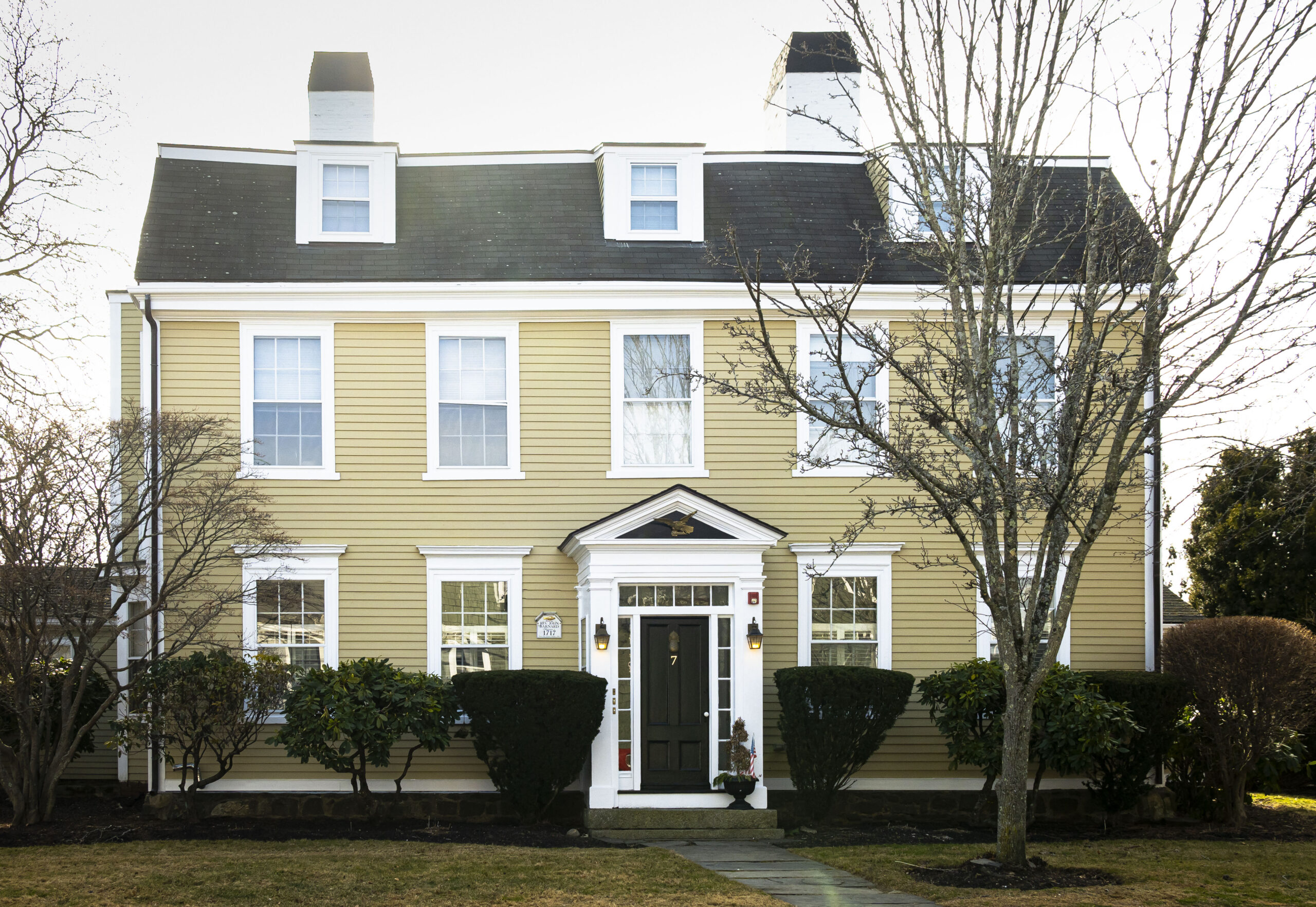Marblehead is full of ghosts. Lining the streets are spirits of the past, each with their own story to tell. Each has seen the town and its people change, grow, and endure.
Of course, I’m talking about the old houses. Surely you didn’t think I was talking about real ghosts?
One of the oldest of these ghosts is the Parson Barnard House at 7 Franklin St. The house is named after its first resident, Rev. John Barnard. Barnard was born in Boston in 1681.
According to a document from the Massachusetts Cultural Resource Information System (MACRIS), parishioners in Boston built a house for Barnard in Boston in 1714, but after some sort of schism, he moved to Marblehead without inhabiting the aforementioned house. Barnard would end up living at this house.
MACRIS states that, in 1716, he was ordained as an associate of Rev. Samuel Cheever, the first minister of the First Congregational Church of Marblehead. Because the Boston congregation built Barnard a house so quickly, the historians estimate a similar timeline for the Marblehead home, dating its construction to 1716.
The document reads, “the fact that the Boston house was built may indicate that congregations were in the habit of quickly providing housing and may confirm the building date of 1716.” The plaque on the house, however, reads 1717, and a county deed shows that the property was granted to Barnard by “Thomas Pittman et al.” in 1717.
The document also notes that some have theorized 7 Franklin St. to be the first house in Marblehead with a Georgian facade.
Barnard remained in town until 1770, when he died. Though at times some people tried to get Barnard to change congregations, he refused. In his autobiography, he wrote, “I look upon myself so strongly engaged to Marblehead, from their kind treatment of me, that no prospect of worldly interest shall prevail with me to leave them.”
In those 54 years, however, he would have seen the landscape of Marblehead change both literally and figuratively. The MACRIS document includes a quote attributed to Barnard, “When I came, there was not so much as one proper carpenter, nor mason, nor tailor, nor butcher in the town, nor any thing of a market worth naming; but they had their houses built by country workmen, and their clothes made out of town, and supplied themselves with beef and pork from Boston, which drained the town of its money.”
Little did Barnard know that Marblehead would not only become a booming seafaring, fishing, and shoemaking town, but also a key community in Revolutionary efforts.
While Barnard himself is no longer here to watch the changing tides of Marblehead, his ghost – his house – remains to see the future of this town.

